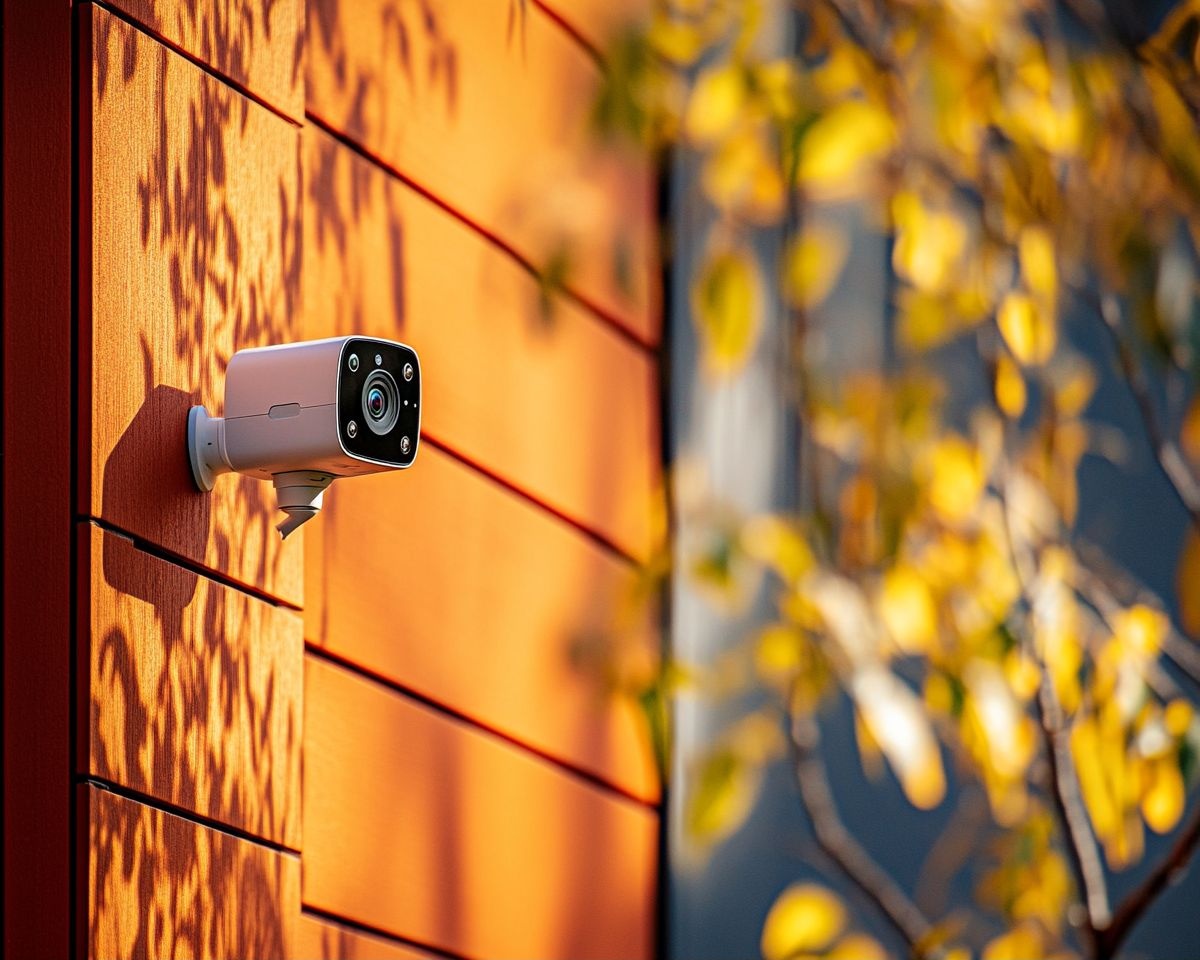The Role of Security & Surveillance Cameras in Modern Safety
Security and surveillance cameras have become an integral part of modern safety measures, offering a watchful eye over homes, businesses, and public spaces. These advanced technological devices serve as powerful deterrents against crime while providing valuable evidence in case of incidents. As the world becomes increasingly connected, the importance of security cameras in safeguarding our communities continues to grow.

Moreover, security cameras contribute to overall situational awareness, allowing property owners and security personnel to monitor multiple areas simultaneously. This real-time surveillance capability enables quick responses to emergencies or suspicious activities, potentially preventing incidents before they escalate.
What are the different types of security cameras available?
The market offers a wide range of security camera options to suit various needs and environments. Some of the most common types include:
-
Dome Cameras: These discreet, ceiling-mounted cameras are popular in retail stores and offices due to their 360-degree coverage and vandal-resistant design.
-
Bullet Cameras: Named for their elongated shape, bullet cameras are ideal for outdoor use, offering long-range visibility and weather resistance.
-
PTZ (Pan-Tilt-Zoom) Cameras: These versatile cameras can be remotely controlled to pan, tilt, and zoom, providing extensive coverage of large areas.
-
IP Cameras: Internet Protocol cameras transmit data over a network, allowing for remote viewing and storage of footage on cloud servers.
-
Wireless Cameras: These battery-powered cameras offer flexible installation options and are often used in temporary or hard-to-reach locations.
-
Thermal Cameras: Utilizing heat signatures to detect movement, thermal cameras are effective in low-light conditions and for perimeter security.
What features should you consider when choosing a security camera system?
When selecting a security camera system, several key features should be taken into account:
-
Resolution: Higher resolution cameras provide clearer images and more detailed footage, which can be crucial for identification purposes.
-
Night Vision: Infrared or low-light capabilities ensure continuous surveillance in darkness or poorly lit areas.
-
Weather Resistance: For outdoor cameras, look for IP ratings that indicate protection against dust and water ingress.
-
Storage Options: Consider whether you prefer local storage (on-site DVR or NVR) or cloud-based solutions for storing and accessing footage.
-
Motion Detection: Advanced motion sensing technology can reduce false alarms and conserve storage space by only recording when movement is detected.
-
Two-Way Audio: Some cameras feature built-in microphones and speakers, allowing for communication with individuals on-site.
-
Smart Home Integration: Many modern security cameras can be integrated with other smart home devices for a comprehensive security solution.
How can businesses benefit from implementing surveillance systems?
Businesses of all sizes can reap significant benefits from implementing surveillance systems:
-
Loss Prevention: Security cameras help deter theft and identify shoplifters, reducing inventory shrinkage.
-
Employee Monitoring: Surveillance can improve workplace productivity and ensure adherence to safety protocols.
-
Liability Protection: Video evidence can protect businesses from false claims and lawsuits.
-
Customer Service Improvement: Analyzing customer behavior through surveillance footage can lead to better store layouts and service strategies.
-
Remote Monitoring: Business owners can keep an eye on operations from anywhere, enhancing management efficiency.
-
Insurance Benefits: Many insurance companies offer lower premiums for businesses with security camera systems in place.
What are the legal considerations for installing security cameras?
While security cameras offer numerous benefits, it’s essential to be aware of the legal implications surrounding their use:
-
Privacy Laws: Cameras should not be placed in areas where there is a reasonable expectation of privacy, such as bathrooms or changing rooms.
-
Audio Recording: In many jurisdictions, audio recording without consent is illegal. Ensure your system complies with local laws if it includes audio capabilities.
-
Notification: Proper signage informing individuals that they are under surveillance may be required in some areas.
-
Data Protection: If you’re storing footage, ensure compliance with data protection regulations regarding storage, access, and deletion of personal information.
-
Employee Rights: In workplace settings, be aware of labor laws that may restrict or regulate employee surveillance.
-
Residential Considerations: When installing cameras on residential property, be mindful of capturing footage of neighboring properties or public spaces.
How are advancements in AI and analytics shaping the future of surveillance?
The integration of artificial intelligence (AI) and advanced analytics is revolutionizing the surveillance industry:
-
Facial Recognition: AI-powered systems can identify individuals in real-time, enhancing security in high-risk areas.
-
Object Detection: Advanced algorithms can detect specific objects or behaviors, triggering alerts for potential security threats.
-
Predictive Analytics: By analyzing patterns in surveillance data, systems can predict and prevent potential incidents before they occur.
-
Automated Monitoring: AI reduces the need for constant human monitoring by flagging only relevant events for review.
-
Smart City Integration: Surveillance cameras are becoming part of larger smart city initiatives, contributing to traffic management and public safety efforts.
-
Privacy-Enhancing Technologies: As concerns about privacy grow, new technologies are being developed to balance security needs with individual privacy rights.
In conclusion, security and surveillance cameras have evolved from simple recording devices to sophisticated systems that play a crucial role in modern safety strategies. By understanding the types of cameras available, key features to consider, and the legal implications of their use, individuals and businesses can make informed decisions about implementing these powerful tools. As technology continues to advance, the integration of AI and analytics promises to further enhance the capabilities of surveillance systems, making our communities safer and more secure.





